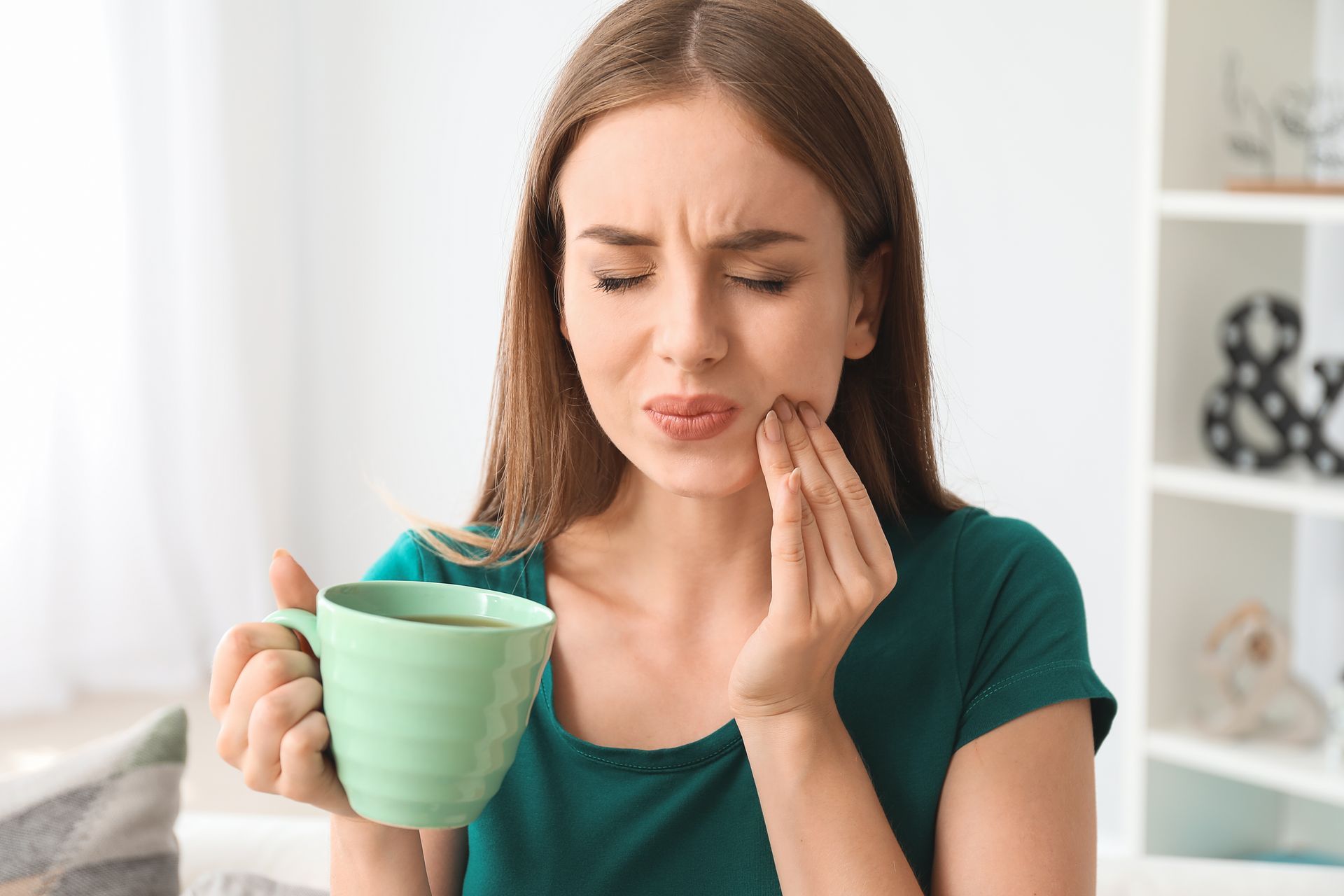Sedation Dentistry in Annapolis, MD: Overcoming Dental Anxiety with Gentle, Compassionate Care
At our family-oriented dental practice in Annapolis, MD, we understand that dental anxiety affects a significant number of individuals, making it challenging for them to seek the necessary dental care. Dental anxiety can stem from various sources, including previous negative dental experiences, fear of pain, or the feeling of losing control during treatment. To address these concerns and ensure all our patients receive the care they need, we are proud to offer sedation dentistry options tailored to individual needs and preferences.
In this insightful blog post, we aim to help patients navigate and understand the world of sedation dentistry, highlighting its benefits, the different types of sedation available, and how we work with our patients to determine the most suitable sedation method for their unique needs. By gaining insight into the customized sedation options we offer, our patients can feel more at ease and confident in receiving the dental care they need and deserve.
The Benefits of Sedation Dentistry
Sedation dentistry has become increasingly popular in recent years due to its numerous advantages that benefit both patients and dental practitioners alike. Some of the primary benefits of sedation dentistry include:
1. Alleviating Dental Anxiety: For anxious patients, sedation dentistry can help alleviate feelings of fear and nervousness, allowing them to undergo necessary dental treatment in a calm, relaxed state.
2. Enhancing Patient Comfort: The use of sedation during dental procedures can significantly increase patient comfort, particularly during invasive or lengthy treatments, resulting in a more positive dental experience.
3. Maximizing Treatment Efficiency: With a relaxed and comfortable patient, dental professionals can often perform procedures more efficiently, potentially reducing the number of appointments needed to complete a treatment plan.
Types of Sedation Dentistry
At our dental practice, we offer a range of sedation options to cater to every patient's unique needs and preferences. These sedation methods include:
1. Nitrous Oxide (Laughing Gas): Nitrous oxide is a mild sedative that is inhaled through a small mask placed over the patient's nose. This form of sedation is ideal for patients with mild dental anxiety, as it quickly induces a relaxed, euphoric state yet doesn't linger in the system once the procedure is completed.
2. Oral Conscious Sedation: This method involves administering a sedative medication in pill or liquid form, typically taken shortly before the dental procedure. Oral conscious sedation provides a deeper level of relaxation than nitrous oxide but still enables patients to remain alert and responsive during treatment.
3. IV Sedation: Intravenous (IV) sedation is the administration of sedative medication directly into the bloodstream for a more rapid and controllable sedative effect. This form of sedation is often used for patients with moderate to severe dental anxiety and allows the dental professional to closely monitor and adjust the level of sedation throughout the procedure.
Choosing the Right Sedation Method
To ensure every patient receives the optimal sedation method for their unique needs, we follow a thorough evaluation process that considers several factors, including:
1. Level of Anxiety: Each patient's level of dental anxiety will play a significant role in determining the appropriate sedation method. For example, those with mild anxiety may benefit from nitrous oxide, while patients with severe anxiety would likely require IV sedation.
2. Medical History: We carefully review each patient's medical history to ensure that they can safely undergo sedation, considering factors such as allergies, medications, and pre-existing medical conditions.
3. Dental Procedure: The type and duration of the dental procedure are also crucial in determining the most suitable sedation method. More invasive or complex procedures may require a deeper level of sedation for maximum patient comfort.
4. Patient Preferences: We always listen to and consider the preferences of our patients to provide them with the most customized and comfortable sedation experience possible.
Post-Sedation Care and Recovery
Understanding what to expect after receiving sedation dentistry and following necessary post-sedation care instructions is essential for a safe, comfortable recovery. Some post-sedation care tips include:
1. Arrange for Transportation: For patients receiving oral consciousness or IV sedation, arranging for a responsible companion to drive them home after the procedure is a must, as the sedative effects may impair their ability to drive safely.
2. Rest and Recover: Give yourself plenty of time to rest and recover after receiving sedation, as it may take several hours for the full effects of the sedative to wear off.
3. Monitor Side Effects: Some patients may experience mild side effects, such as drowsiness, dizziness, or nausea after sedation. Monitor these symptoms and contact our dental practice if they persist or worsen.
4. Follow Post-Procedure Care Instructions: In addition to specific sedation care, follow the post-operative instructions provided by your dentist for the dental procedure you received to ensure optimal healing and results.
Conclusion
At our Annapolis family dental practice, we are committed to providing the best possible care for our patients, including offering personalized sedation dentistry options to help overcome dental anxiety. By exploring sedation dentistry options, patients can confidently receive the necessary dental treatment and maintain a healthy, beautiful smile.
If you or a loved one is struggling with dental anxiety and would like to discuss sedation dentistry options, we're here to help at Aria Dental of Annapolis. Contact our Annapolis dental clinic today to schedule a consultation and begin your journey to a happy, anxiety-free dental experience.



Share This Post

